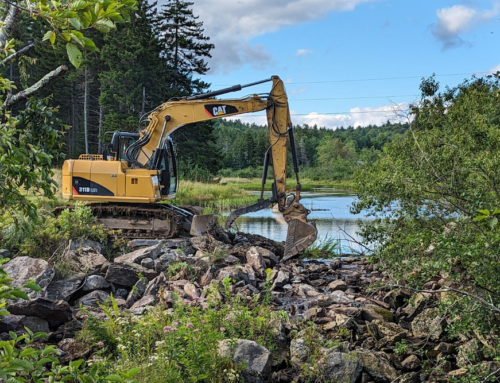November 13, 2014
Honorable Gina McCarthy
U.S. Environmental Protection Agency
1200 Pennsylvania Ave. NW
Washington DC 20460 via electronic mail
Comments on EPA and Army Corps of Engineers Regarding Identification of Waters Protected by the Clean Water Act, EPA-HQ-OW-2011-0880
Dear Administrator McCarthy,
The Connecticut River Watershed Council submits these comments in support of the proposed rule to define the waters of the U.S. The Connecticut River Watershed Council (CRC) is the principal nonprofit environmental advocate for protection, restoration, and sustainable use of the entire Connecticut River and its 11,000 square mile watershed. We have been working to protect and restore this four-state watershed since 1952. Our staff are involved in all aspects of the Clean Water Act throughout the watershed and have spent considerable time involved in the development of NPDES permits, TMDLs, and water quality criteria and standards among other aspects of this landmark environmental statute.
Overall we find the rule to be a rightful restoration of protection to many of the public’s waters. The rule is presented in way that improves clarity and reduces opportunities for misunderstanding the extent of jurisdiction. This regulation fairly interprets existing law and provides ample scientific basis for proposed wording of both “waters of the U.S.” as well as “other waters.” We harbor no illusions that this rule will set to rest debates about what is or is not jurisdictional, however it significantly improves the current definition by carefully building on the various and sometimes confounding Supreme Court decisions.
We appreciate the Agency’s interest in soliciting comment as to additional ways other than on a case-by-case basis to specify which “other waters” meet the “similarly situated” or “significant nexus” tests. We believe there is sufficient scientific information for the Agency to stipulate waterbodies within ecoregions or landscapes as being jurisdictional “other waters.” We would encourage such an approach to continue providing more certainty to the public as well as appropriate protection to these waters. We are not specifically endorsing any of the three alternative approaches, but consider the idea of reducing the amount of case-by-case analysis to be a good one. We can see merit in further considering alternatives 1 or 2, both of which have strengths. However as others have noted we think with either such approach it would be necessary to allow for the introduction of additional science to ensure that “other waters” were not categorically excluded or included permanently (or until the next rulemaking happens to be undertaken).
Yours sincerely,
Andrew Fisk, Ph.D.
Executive Director







